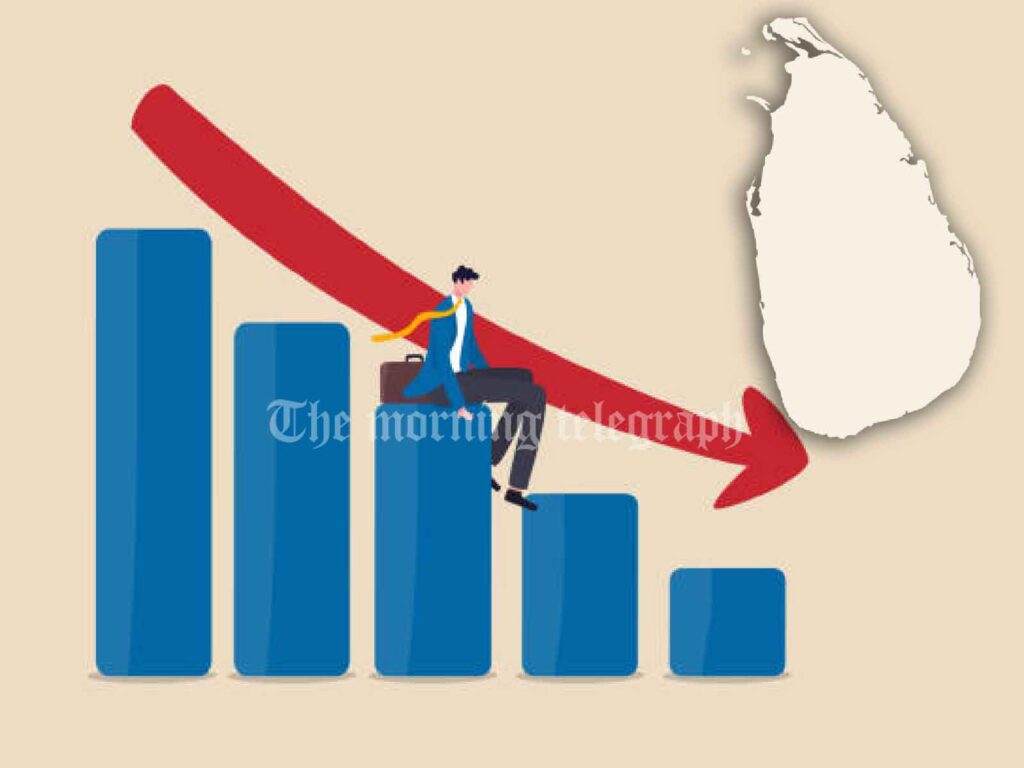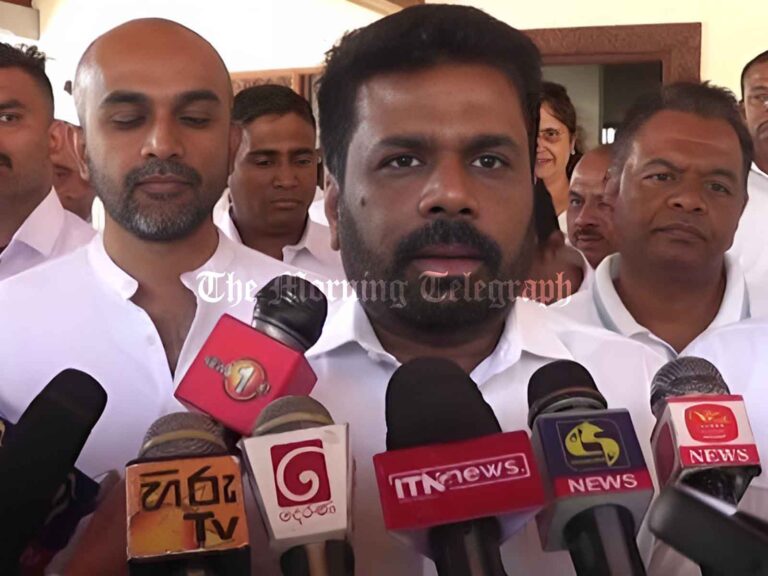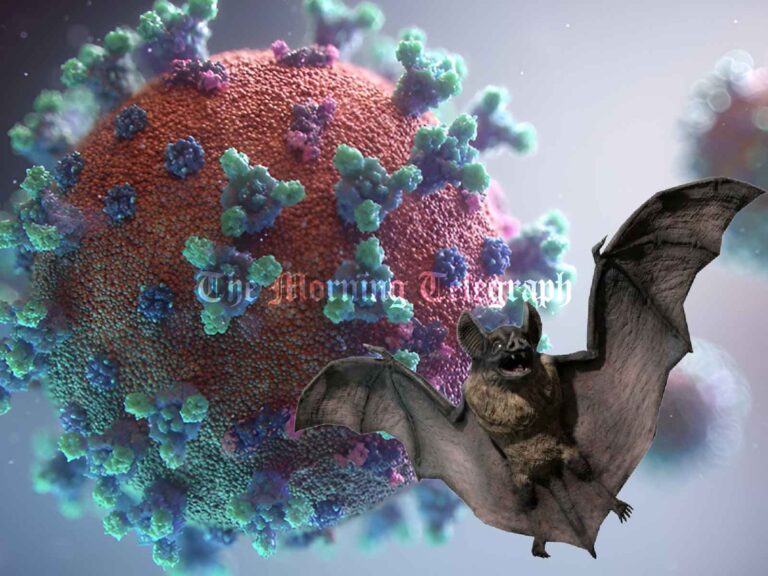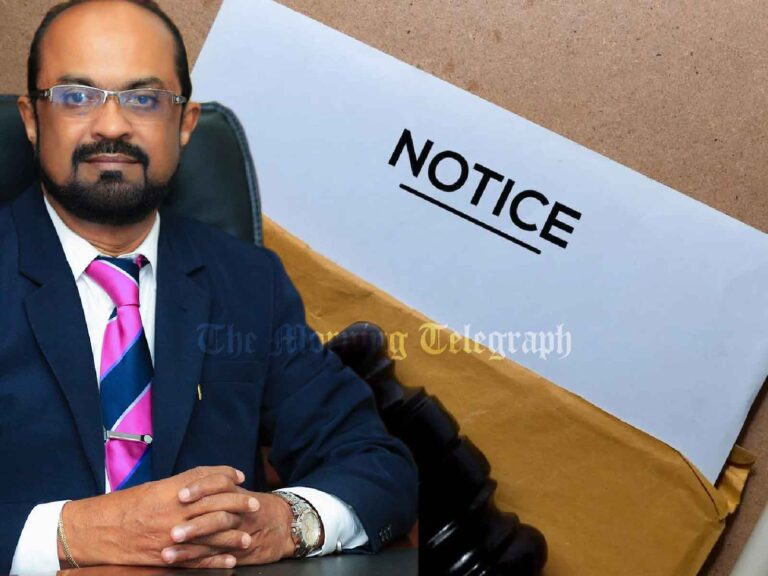
Cash-strapped Sri Lanka has recorded falling consumer prices for the first time in 39 years, according to official data released on Monday. The country’s inflation rate dipped to negative 0.5 percent in September, marking a significant change from the 0.5 percent inflation seen in August.
Data from the Census and Statistics Department highlighted price declines in both food and non-food items, contributing to the deflation. The last time Sri Lanka experienced deflation was in October 1985, when prices fell by 2.1 percent.
This deflation comes after Sri Lanka faced a peak inflation rate of 69.8 percent two years ago during a severe economic crisis. The crisis led to acute shortages of food, fuel, and medicines, sparking months of protests that culminated in the resignation of then-President Gotabaya Rajapaksa in July 2022, following his temporary flight from the country.
Rajapaksa’s successor, Ranil Wickremesinghe, secured a $2.9 billion bailout from the International Monetary Fund (IMF) and implemented stringent measures, including raising taxes and prices, to stabilize the economy. However, Wickremesinghe lost his office in the recent presidential election held earlier this month.
The newly elected President, Anura Kumara Dissanayake, has pledged to maintain the IMF programme but has also expressed his intention to ease some of the harsh austerity measures imposed during the bailout.




